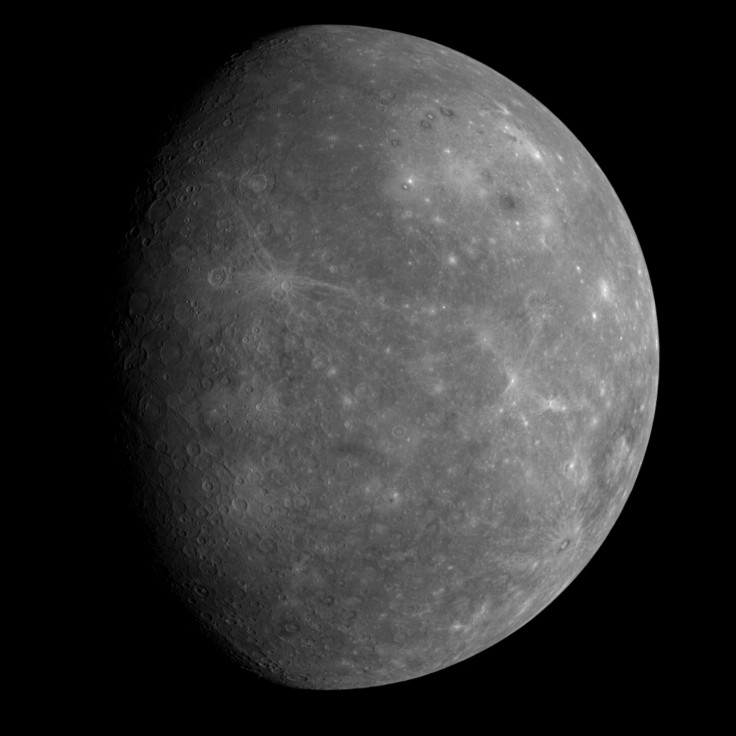Sun devouring super-Earths: Scientists find possible explanation for Mercury’s clear orbit; Super-Earths sucked up the debris

Scientists have long wondered about the “nothingness” within the orbit of planet Mercury, not even a rock. A new study has finally given a possible explanation and revealed some interesting facts about the region.
The study says that at least one super-Earth, planet larger than Earth but smaller than Neptune, must have formed close to the Sun that sucked up all the debris in the area and then got destroyed by Sun’s gravity. In short, the Sun ate up the super-Earth.
“The only (physical) evidence that super-Earths could have formed in our solar system is the lack of anything in that region, not even a rock. So they could have formed there sweeping up all of the solid material, but then later fell into the sun,” said assistant professor at the University of Nevada, Las Vegas and lead author of the study Rebecca Martin, Discovery News reports.
The study’s evidence is currently based on modelling and the fact that the region between Mercury and Sun is completely barren. This is a possible explanation why nothing is seen in Mercury’s orbit.
The scientists also observed super-Earth exoplanets that are outside our solar system. They suggested that the super-Earth exoplanets formed in either of the two locations: in situ (where they are today) or somewhere other than their observed locations, from where they migrated over time.
For the exoplanets to be formed in situ, the protoplanetary disc or the “dead zone” of a forming planetary system became important. It is there that the super-Earths slowly built up debris over time. This is a possibility only in the presence of extreme turbulence caused by magnetism of the surrounding materials.
According to the scientists, there are two types of super-Earths based on their density. Planets forming at the outer stretches of the “dead zone” are less dense than the ones forming closer. This is because further a planet forms water and other volatile substances freeze out. However, the size of the dead zone is also a factor to be considered.
“The size of the dead zone must be large enough that it lasts for the entire disc lifetime. Since different systems may have different dead zone sizes, formation in the inner parts may not be possible in all systems and thus both formation locations may be operating,” said Martin.
Thus, when it came to super-Earths in our solar system, they formed in situ and cleaned up all the debris from Mercury’s orbit. This is because, if the disc was cool enough, the time taken for the super-Earths to crash into Sun would have been shorter than the lifetime of the disc.





















